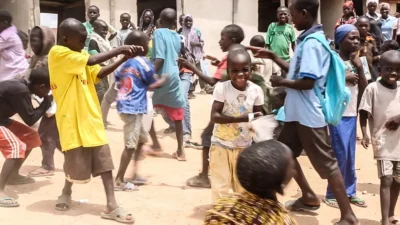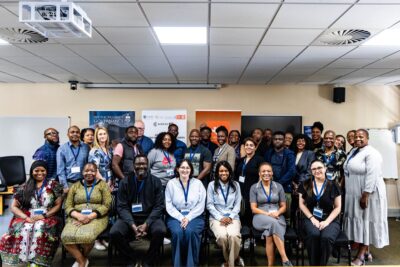At the start of his outstanding new book, Constituting Religion, Tamir Moustafa explains that initially his ambition extended beyond Malaysia to a comparison of Malaysia, Pakistan, and Egypt. As one with an…
Constituting Religion
Constituting religion: From South Asia to Malaysia
June 27, 2019
June 27, 2019













